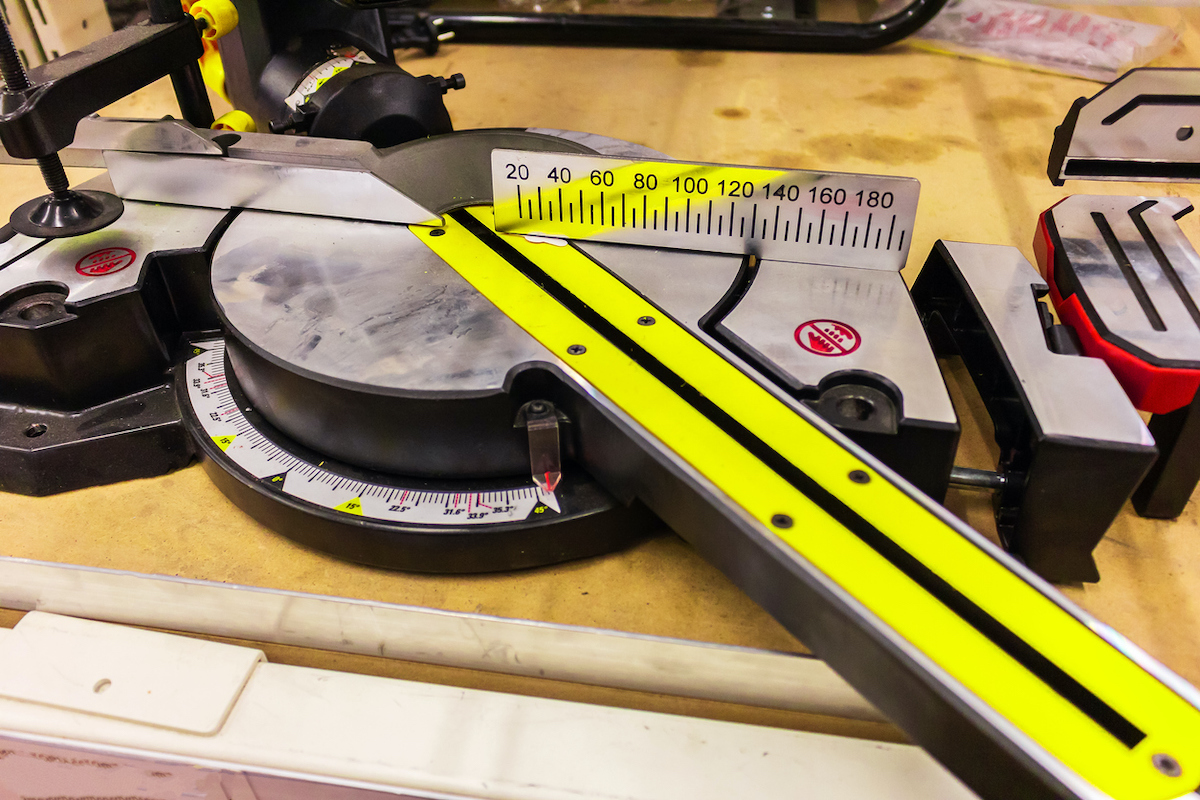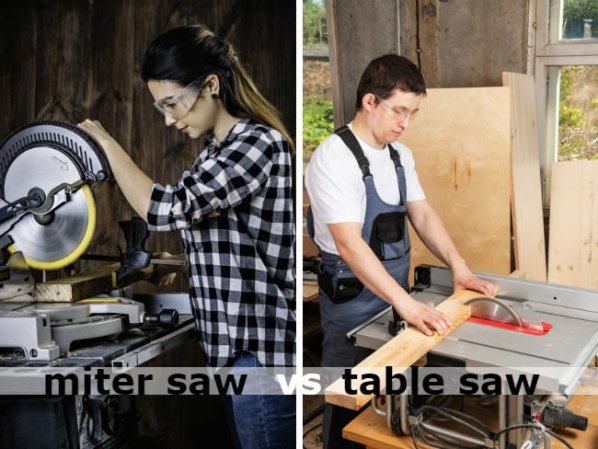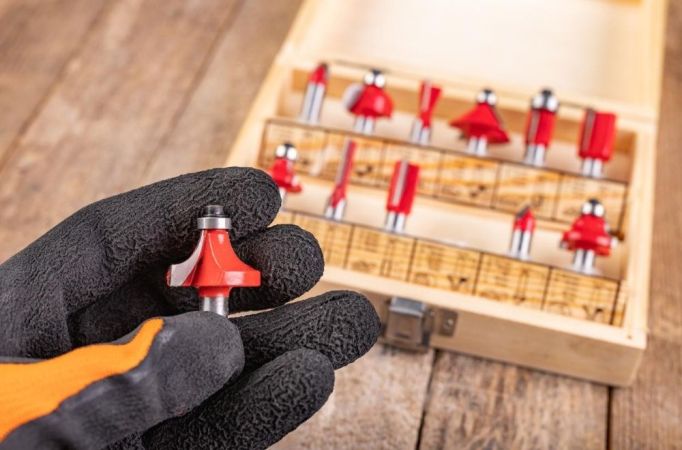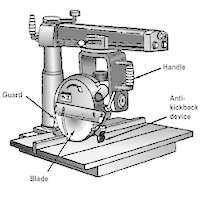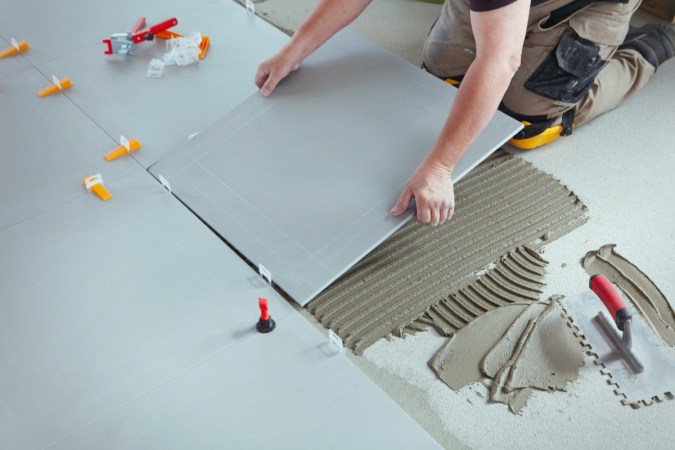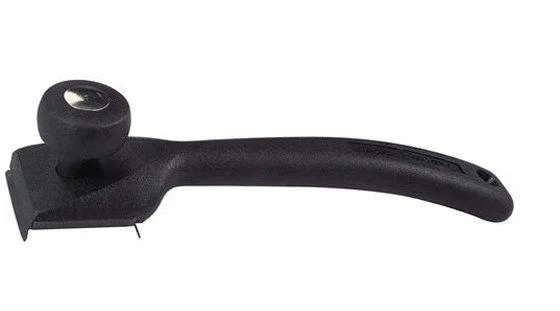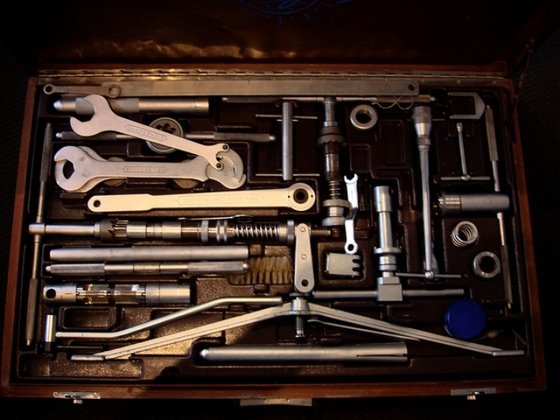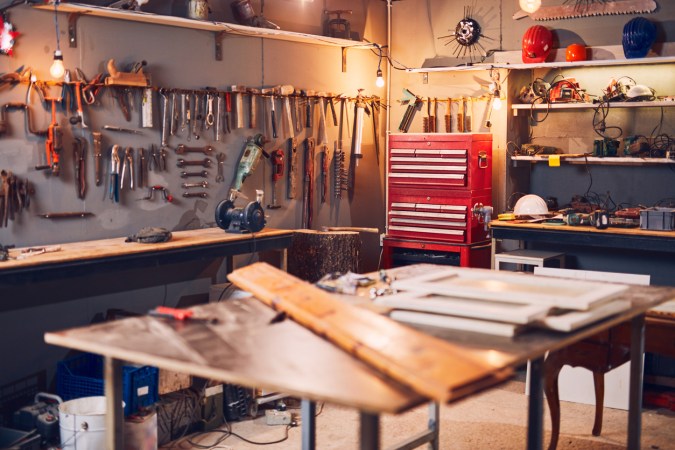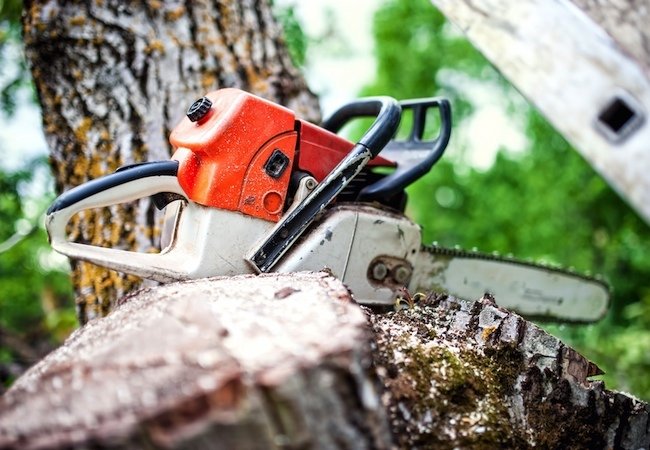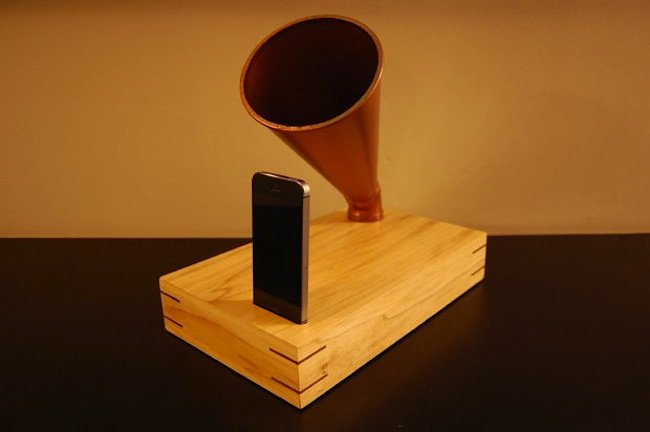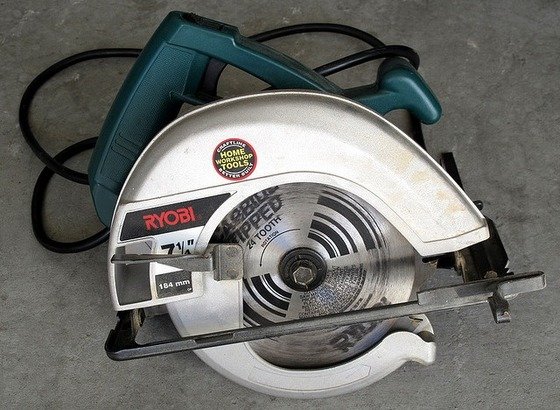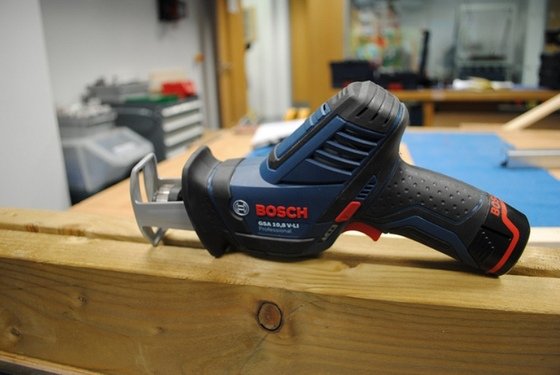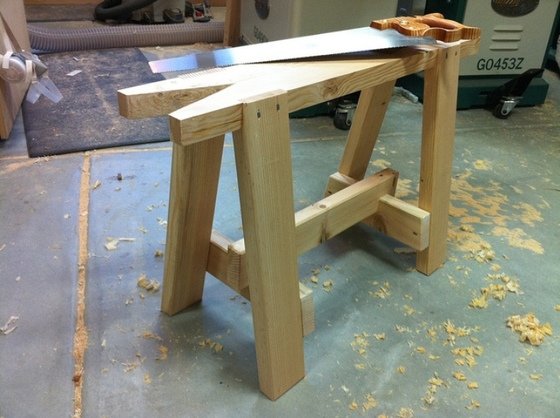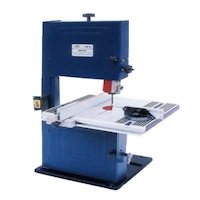We may earn revenue from the products available on this page and participate in affiliate programs. Learn More ›
Shopping for a power saw can be intimidating. Somebody who’s new to DIY projects might not have the experience to know which one they need for the type of work they’ll be doing, so this guide will help point you in the right direction.
As a former contractor and commercial building mechanic, I’ve worked with a lot of tools. I’ve always enjoyed talking about those tools and helping new DIYers and builders assemble their tool collection. I recently spoke with Dusty Mitchell of The Dusty Lumber Co. to lean on his experience as a custom furniture builder and get his opinion on the matter, too.
The First Saw: Compound Miter Saw
When Dusty and I spoke, we immediately agreed on the initial saw any DIYer should consider purchasing: “A good compound miter saw is one of the first things I’d get for a small shop,” he says.
These saws have large, circular blades attached to an arm and base. While their size may seem intimidating, they are by far the easiest saws to learn to use safely and accurately. They’re excellent for small projects as well as large-scale construction.
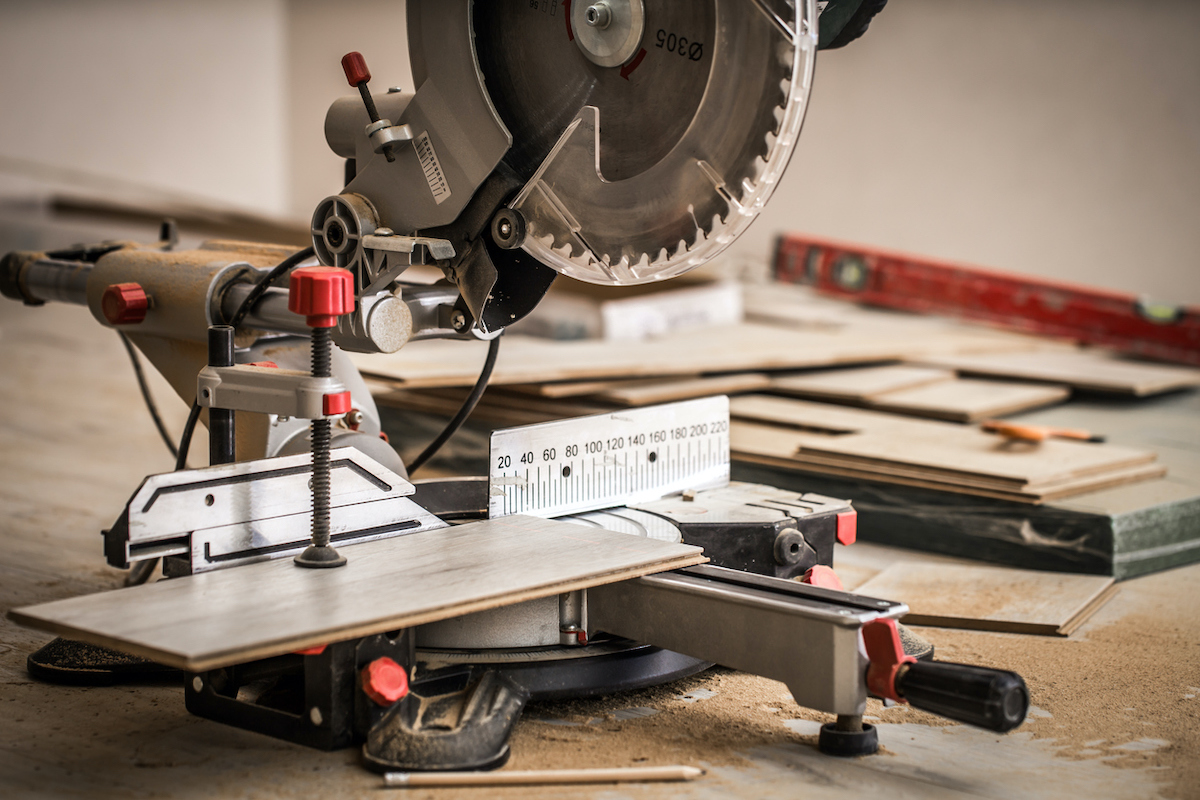
RELATED: What’s the Difference? Miter Saw vs. Table Saw
Blade Size
Dusty notes that if new DIYers are only going to buy one miter saw, blade size is an important factor: “I have a 12-inch miter saw in the shop, and a 10-inch saw for job sites.” But, he also says that for new DIYers that aren’t cutting large stock, “a 10-inch saw is fine.”
Single- or Dual-Bevel?
New DIYers will quickly realize there are two types of compound miter saws: single- and dual-bevel. For a first saw, go with the dual-bevel. These miter saws allow users to cut stock at a compound angle, meaning they can adjust the blade relative to the fence and relative to the table in 45-degrees to either side. This can be an essential feature for complicated joinery and trim work.
Slide
For a one-saw shop, new DIYers should certainly consider a sliding compound miter saw. These saws have rails upon which the blade assembly slides, increasing the cut capacity. While they do take up more space, there’s nothing that a compound miter saw can do that a sliding compound miter saw can’t, so it’s definitely worth considering.
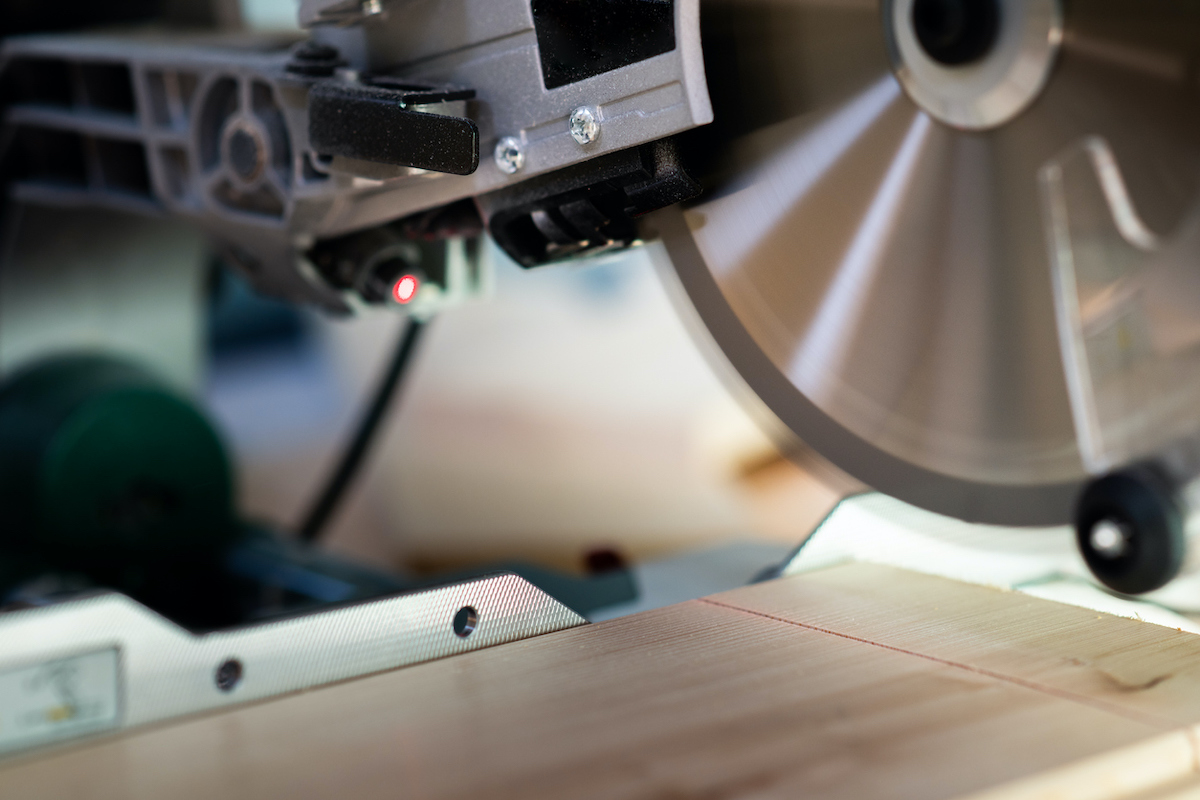
Extra Features
Generally speaking, Dusty says, more features are better. Extra features like an onboard work light, a laser cutline, and dust collection can help lessen the learning curve for brand new DIYers. These features allow you to see what you’re doing, work safer, and cut more accurately—all essential goals for DIYers just starting out.
RELATED: The Best Miter Saw Stands for Your Workshop
The Cost
Dusty says he wants new DIYers to understand that there are some trade-offs between low-cost and high-quality, suggesting shoppers choose a saw with “a good balance of low cost and good quality, with as many features as possible.” While that can be a tall order, Dusty uses Makita saws in his shop, with this model meeting most of his suggested requirements. If your budget’s a bit tighter, check out this value-minded model.

